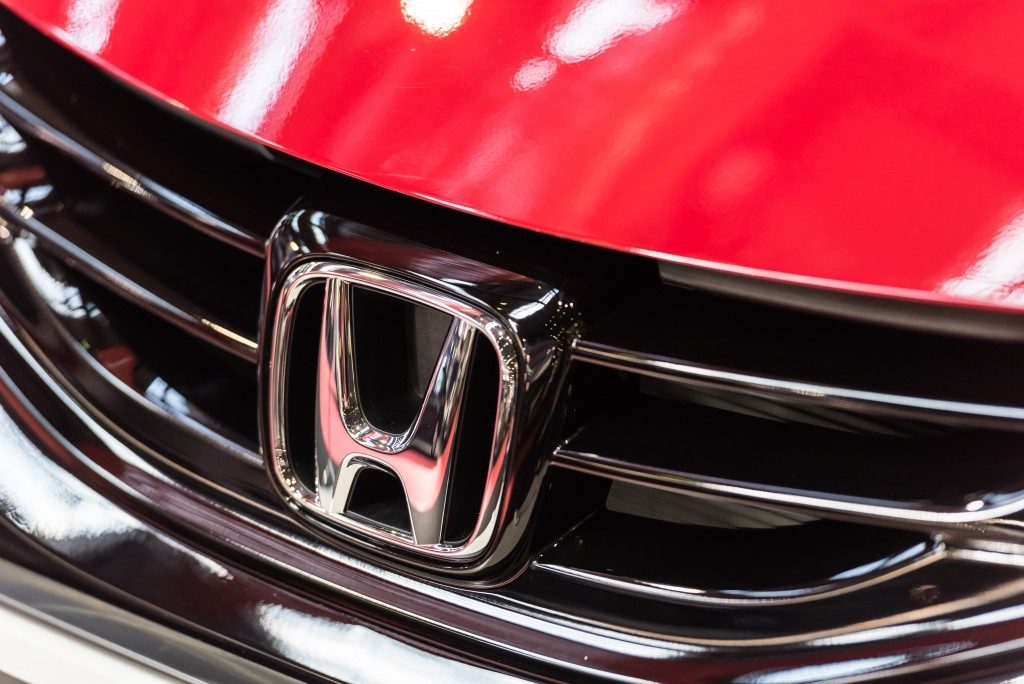With the economic dip in almost all world economies, you might ill afford a new vehicle. While this sometimes seems like a disadvantage to you, it also means that more people are trading in their cars, even in excellent conditions for cash or a cheaper car model. Thus, used car yards now feature some of the best-maintained and latest car models, unlike in the past where they were filled with rusty and outdated car models.
Before buying that used SUV or truck, most people will look for the negotiation tactics that will guarantee them significant savings. While these will work wonders and significantly slash your car’s price, they will do little if you do not understand what price you are negotiating. Several terms will be used throughout your purchase journey that might confuse you when buying a used car. The following are some of the primary pricing terms you should pay attention to and use to guide your negotiation.
MRSP (Manufacturer’s Suggested Retail Price)
This marks the price a car manufacturer sets for a given trim line and model. The used car dealer will determine the price of his/her product based on the MRSP along with the condition of the car and mileage, among other elements. The MRSP is also called the sticker or asking price since this is the bottom line figure displayed on a vehicle. Sellers know they might not get this price, so aim to counter it with a lower price when negotiating.
Book Price
This is the value of a car that is listed on car dealership platforms. You will, of course, scour these pages before setting foot in a car yard to have a rough idea of how much the retail price of your car should be. When salespeople refer to the blue book value, this is the one they are referring to. When starting your negotiation, have an opening offer of below $1000 of your car’s listed book value. Raise it by $250 until you reach an agreement.

Trade-In Price
When trading in your vehicle for a new one from a used car dealership, start by negotiating your trade-in price rather than the replacement. This price is close to what your vehicle will go for at a used-car auction. You should thus first get an idea of how much your car will sell for in an auction to know the limits you should keep your negotiations within.
Market Adjustment Price
This is also called a dealer adjustment. It applies to used cars that have only been recently introduced onto the market or have a long list of willing buyers. Negotiate the price since it differs among dealerships. Alternatively, waiting for some time will see a market adjustment price scrapping as an incentive for buyers.
Used cars are, of course, cheaper compared to their new counterparts. However, when you are none the wiser, you might end up paying more than you should for your used car. Negotiating the above prices will guarantee you the best possible price for your used car.





